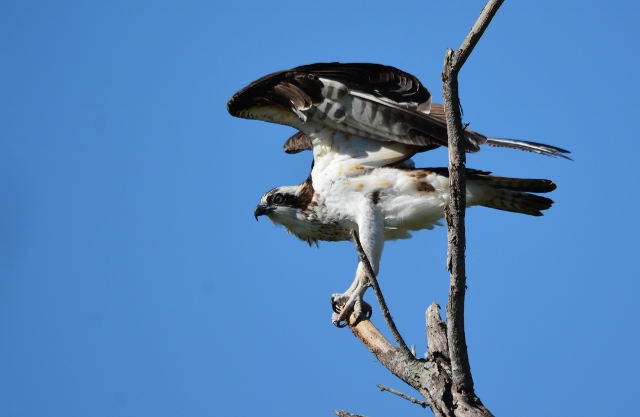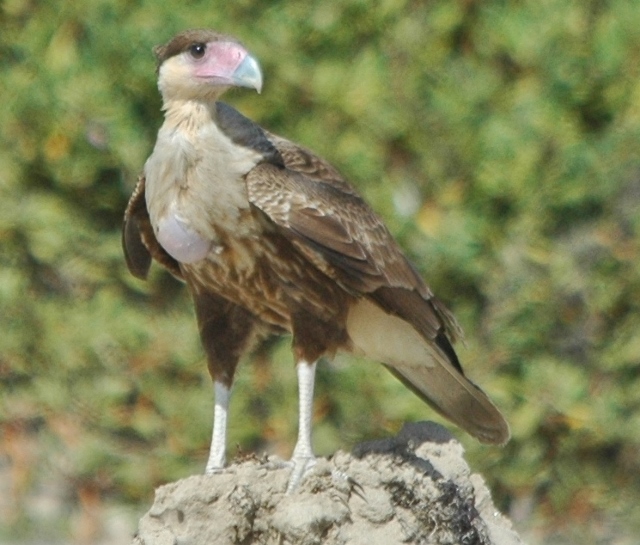
Story and photos by Anita Westervelt, Texas Master Naturalist
The length of a bird is generally the body length from crown to feet or to tip of tail, depending on where the longest measurement will be when the bird is standing or perched.
Wingspan, a much more dramatic measurement, is from the very tip of one wing to the very tip of the other wing when the wings are held outstretched.
The largest flying bird ever, was an extinct species called Argentavis magnificens, which existed more than 6 million years ago, according to a July 3, 2007, New York Times article. The bird is believed to have had a wingspan of 23 to 30 feet — two to three times larger than the wandering albatross — the bird currently considered to have the longest wingspan — at 11.5 feet. The wandering albatross is found in Southern Ocean, also called Antarctic Ocean, the southern portions of the Pacific, Atlantic and Indian oceans and their tributary seas surrounding Antarctica.
On land, the title of largest bird is said to be jointly held by the Andean condor in South America, and the Marabou stork, that lives in Africa, south of the Sahara. They each have wingspans to 10.5 feet.
The shortest bird wingspan is the bee humming bird of Cuba, with a 1.5-inch wingspan.
Below are comparison wingspans of the largest birds you’re likely to see flying the skies of the Rio Grande Valley:
American white pelican — 9 feet
Brown pelican — 7 feet
Osprey — 6 feet — often seen at Port Isabel’s Queen Isabella Causeway with pelicans

Turkey vulture — 6 feet
Black vulture — 5 feet
Red-tailed hawk — 4.83 feet
Crested caracara — 4 feet — often scavenges with vultures

Planetsave.com, nytimes.com, Wikipedia, Britannica.com, and Alsop, III, Fred J., Smithsonian Handbooks, “Birds of Texas,” DK Publishing, Inc. 2002 were helpful in writing this article.
